
Browse an alphabetical list of articles about the Holocaust and World War II. Learn more about topics such as the Nazi rise to power, how and why the Holocaust happened, life in Nazi camps and ghettos, and the postwar trials.
<< Previous | Displaying results 576-596 of 1105 for "Article" | Next >>
The Nuremberg Special Court ruled on the Katzenberger Race Defilement Case in 1942. Learn more about the outcome and impact of the case.
At the Kaufering complex, part of the Dachau camp system, prisoners were forced to labor under brutal conditions to build underground facilities for German fighter aircraft production.
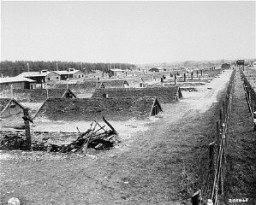
The Kielce pogrom was a violent massacre in the town of Kielce, Poland in 1946. Learn more about the events that led up to the attack and the aftermath.
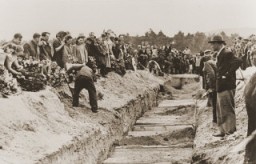
At Babyn Yar in late September 1941, SS and German police units and their auxiliaries perpetrated one of the largest massacres of World War II.
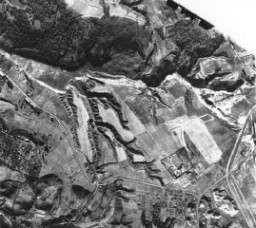
Under the most adverse conditions, prisoners initiated revolts in killing centers. Learn more about prisoner uprisings in Treblinka, Sobibor, and Auschwitz.
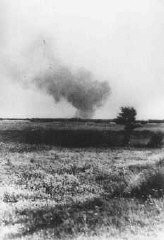
The Nazis established killing centers in German-occupied Europe during WWII. They built these killing centers for the mass murder of human beings.
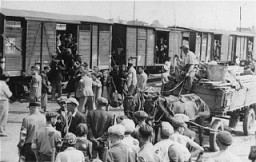
The Nazis established killing centers in German-occupied Europe during WWII. They built these killing centers for the mass murder of human beings.
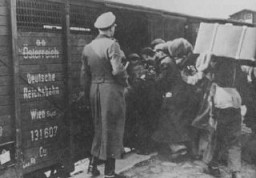
Kindertransport refers to a series of rescue efforts between 1938 and 1940 that brought thousands of refugee children to Great Britain from Nazi Germany.
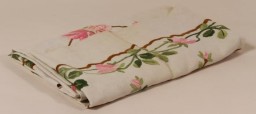
Did King Christian X of Denmark wear a yellow star in support of the Danish Jews? Read more about the historical truth behind the legend.
Klaus Barbie, chief of the Gestapo in Lyon, France, was nicknamed the "Butcher of Lyon" for his brutal actions towards Jews and members of the French Resistance.
Klaus Mann was a German author whose novel “Mephisto” exposed the evil of the Nazi dictatorship. His works were burned in Nazi Germany in May 1933. Learn more.
After WWII, many Holocaust survivors, unable to return to their homes, lived in displaced persons camps in Germany, Austria, and Italy. Read about Kloster Indersdorf DP camp.
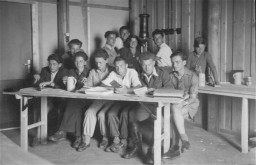
Brief overview of the charges brought against German foreign minister Konstantin von Neurath during the International Military Tribunal at Nuremberg.
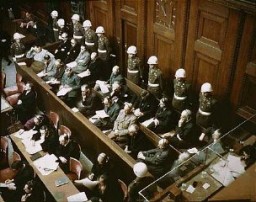
Kovno had a rich and varied Jewish culture. Learn about the Soviet and German occupations of Kovno, ghettoization, secret archives, and resistance in Kovno during WWII and the Holocaust.
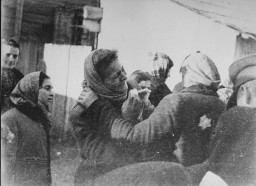
The Krakow ghetto in German-occupied Poland held over 15,000 Jews. Learn more about Krakow and the ghetto’s history during the Holocaust and WWII.
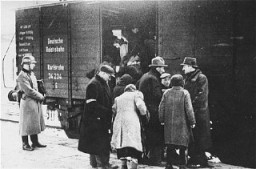
Explore a timeline of key events during the history of the Krakow ghetto in German-occupied Poland.
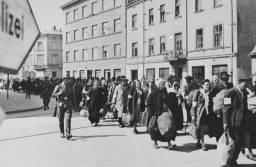
On November 9–10, 1938, the Nazi regime coordinated a wave of antisemitic violence. This became known as Kristallnacht or the "Night of Broken Glass." Learn more

SS officer Kurt Gerstein was horrified by what he witnessed at the Belzec killing center. Learn about how he recorded what he witnessed and about his postwar fate.
Kurt Pinthus was a German Jewish journalist and critic connected to the Expressionistic movement. His works were burned in Nazi Germany in 1933. Learn more.
Kurt Tucholsky was a German satirist who criticized the Nazis during their rise to power. In 1933, his works were burned under the Nazi regime. Learn more.
Learn about the network of camps that the French collaborationist Vichy authorities established in Algeria, Morocco, Tunisia, and French West Africa.
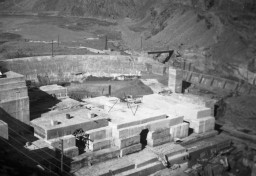
We would like to thank Crown Family Philanthropies, Abe and Ida Cooper Foundation, the Claims Conference, EVZ, and BMF for supporting the ongoing work to create content and resources for the Holocaust Encyclopedia. View the list of donor acknowledgement.